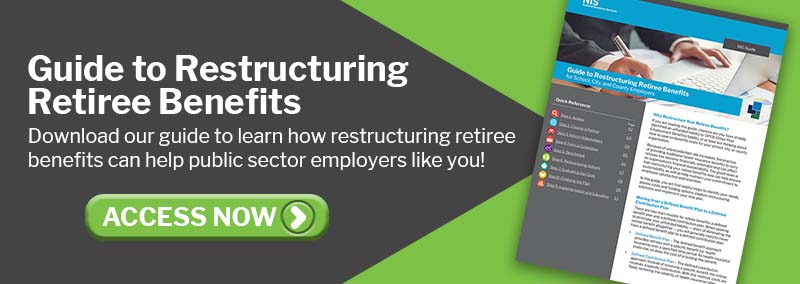Flexible spending accounts (FSAs) allow employees to use pre-tax dollars for eligible out-of-pocket expenses, reducing their taxable income. FSAs, often included in employer benefits packages, cover a variety of expenses but are often misunderstood. Concerns about eligibility and “use it or lose it” rules may cause hesitation.
Understanding the facts, including current contribution limits, $3,300 for health care FSAs and $5,000 for dependent care FSAs per household for 2025, is essential for maximizing your benefits. 2026 FSA limits will be announced later this year.
Types of FSAs
Employers may offer different types of FSAs to support employee well-being.
- Health Care FSA: A health care FSA lets employees set aside pre-tax dollars for eligible medical, dental, and vision expenses, including prescriptions, eyeglasses, mental health counseling, and certain over-the-counter items covered by current IRS guidelines.
- Dependent Care FSA (DCFSA): A dependent care FSA, or “child care FSA,” helps cover eligible child or adult care expenses while an employee works. Unlike health care FSAs, funds are available as they contribute, not all at once.
5 FSA Facts
FSAs offer distinct advantages and operate differently from other accounts. Here are five key facts to help employees save money and cover essential expenses.
- FSAs offer tax advantages. One of the greatest advantages of an FSA is the instant tax relief—the pre-tax contributions lower an employee’s taxable income, putting more money back in their pocket each year.
- FSAs can be used for more than copays. Health care FSAs can be used for a wide range of expenses, including vision, dental, mental health services, medical equipment, and many over-the-counter products, often without a prescription.
- There are different types of FSAs. The most common FSAs are for health care and dependent care. Health care FSAs cover personal medical expenses; DCFSAs help with child and elder care costs.
- Some employers offer grace periods or carryovers. While FSAs usually have a “use it or lose it” rule, many employers let employees carry over up to $660 for 2025 or offer a 2.5-month grace period to use leftover funds, each employer can choose only one option.
- Employees can access the full health care FSA amount on day one. With a health care FSA, the full annual election is available at the start of the plan year, while DCFSA funds build as an employee contributes.
5 FSA Myths
Despite their benefits, misconceptions about FSAs can keep employees from enrolling. Here are common myths that may deter participation:
- Myth: All the employee’s money will be lost if it’s not used by December 31st.
Reality: Although FSAs have a “use it or lose it” rule, many plans let employees carry over up to $660 into 2025 or use remaining funds through mid-March. Consult the plan for details.
- Myth: FSAs and HSAs are the same thing.
Reality: HSAs and FSAs both offer tax savings, but HSAs require a high-deductible plan, can earn interest, and roll over yearly. FSAs don’t earn interest, and unused funds usually expire at year-end, unless the plan allows a carryover or grace period.
- Myth: Employees need to save receipts for every expense.
Reality: Many FSA cards auto-approve eligible expenses, but it’s wise to keep receipts in case documentation is needed.
- Myth: FSA contributions can be adjusted anytime.
Reality: An employee can usually adjust their FSA election only during open enrollment or after a qualifying life event, if allowed by the employer.
- Myth: An employee can enroll in both a health care FSA and HSA.
Reality: An employee can't have a health care FSA and an HSA at the same time, but HSA participants may enroll in a DCFSA or a limited FSA for dental and vision expenses.
Conclusion
FSAs help employees manage health and family costs while reducing taxable income. Understanding plan rules, limits, and features is key to maximizing benefits. Employees should check with their employer for details. Download the bulletin for more information.

